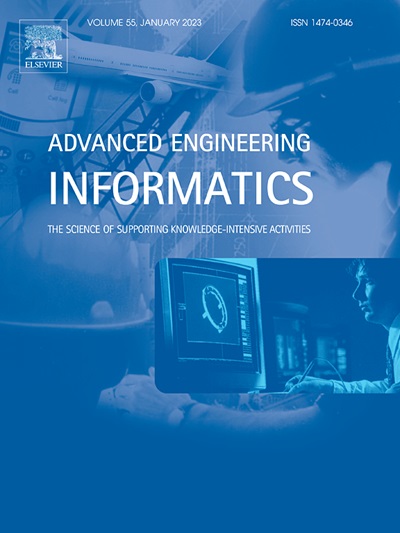Transparent information fusion network: An explainable network for multi-source bearing fault diagnosis via self-organized neural-symbolic nodes
IF 8
1区 工程技术
Q1 COMPUTER SCIENCE, ARTIFICIAL INTELLIGENCE
引用次数: 0
Abstract
In recent years, the integration of Artificial Intelligence (AI) into Intelligent Fault Diagnosis (IFD) through multi-source signal fusion has advanced significantly. However, the inherent opacity of AI-driven IFD models often hampers explainability, a crucial factor for fostering deeper collaboration between humans and intelligent systems to enhance the safety and reliability of industrial assets. This study introduces a novel and explainable methodology termed the Transparent Information Fusion Network (TIFN). TIFN incorporates multiple self-organized Neural-Symbolic Nodes (NSNs) equipped with signal processing and statistical operators, as opposed to conventional black-box neural networks or manually crafted expert systems. NSNs are interconnected through learnable signal-wise gates to construct the Signal Operator Layer (SOL) and Feature Operator Layer (FOL). The entire network is trainable using gradient-based learning methods in a self-organized manner. This enables accurate representation of fault signals and establishes a fully comprehensible semantic framework with an explainable decision-making process. The transparency, generalization, and capability to learn from limited samples of TIFN are demonstrated through two case studies on rotating machinery equipped with different sensors. Case 1 fuses vibration and piezoelectric signals, while Case 2 integrates piezoelectric and triboelectric signals to achieve comprehensive information fusion at both signal and feature levels. By incorporating learnable NSNs, signal-wise gates, TIFN achieves superior diagnostic performance with fewer parameters compared to traditional expert-organized models. This research underscores the potential of TIFN as a fully explainable tool for industrial diagnostics with multi-source signals, paving the way for enhanced human-machine collaboration in Industry 5.0, with a focus on trustworthiness, transparency, and accountability.
求助全文
约1分钟内获得全文
求助全文
来源期刊

Advanced Engineering Informatics
工程技术-工程:综合
CiteScore
12.40
自引率
18.20%
发文量
292
审稿时长
45 days
期刊介绍:
Advanced Engineering Informatics is an international Journal that solicits research papers with an emphasis on 'knowledge' and 'engineering applications'. The Journal seeks original papers that report progress in applying methods of engineering informatics. These papers should have engineering relevance and help provide a scientific base for more reliable, spontaneous, and creative engineering decision-making. Additionally, papers should demonstrate the science of supporting knowledge-intensive engineering tasks and validate the generality, power, and scalability of new methods through rigorous evaluation, preferably both qualitatively and quantitatively. Abstracting and indexing for Advanced Engineering Informatics include Science Citation Index Expanded, Scopus and INSPEC.
 求助内容:
求助内容: 应助结果提醒方式:
应助结果提醒方式:


